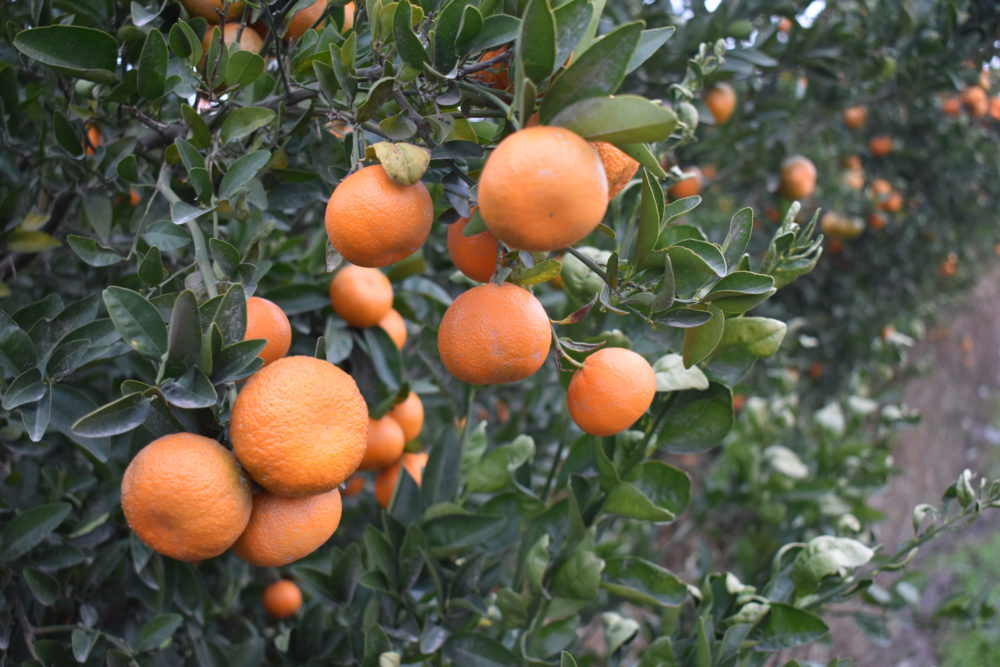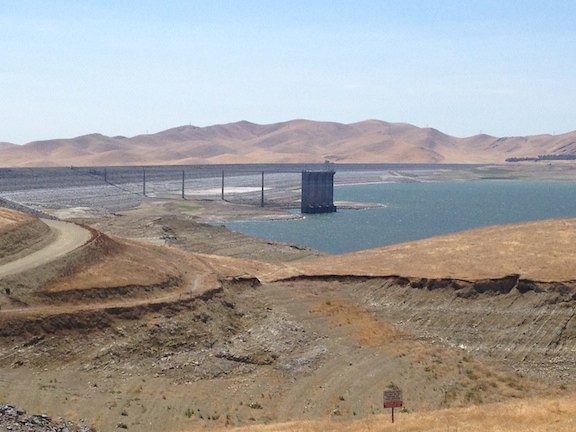Citrus Growers Prepare For Sub Freezing Temps
Central Valley Citrus Growers Prepare for Cold Weather
News Release
Central Valley citrus growers are anticipating subfreezing temperatures over the weekend. Forecasts show colder temperatures throughout the Valley Friday evening through Sunday morning, with the coldest areas expected to dip into the upper 20s and possibly the mid-20s.
Growers are prepared to implement frost protection measures if temperatures drop below freezing. This includes the use of irrigation water and wind machines to elevate grove temperatures by 3 to 5 degrees, thus mitigating the potential for frost to occur.
Generally, navel varieties can tolerate temperatures as low as 27 degrees without risk for damage, whereas Mandarin varieties tend to be susceptible to damage at temperatures below 32. The key factor is the duration of time at or below these thresholds. The potential for damage increases when cold temperatures persist for several hours.
At this time, forecasts do not suggest a critical freeze event will occur this weekend; however, growers will certainly be watching the temperature closely and activating freeze precautions as necessary.
According to the 2017 county crop report data, 90 percent of California’s commercial citrus crop is grown in Madera, Fresno, Tulare, and Kern counties. This represents a total crop value of $3.1 billion. Statewide, citrus is a $3.8 billion crop.










